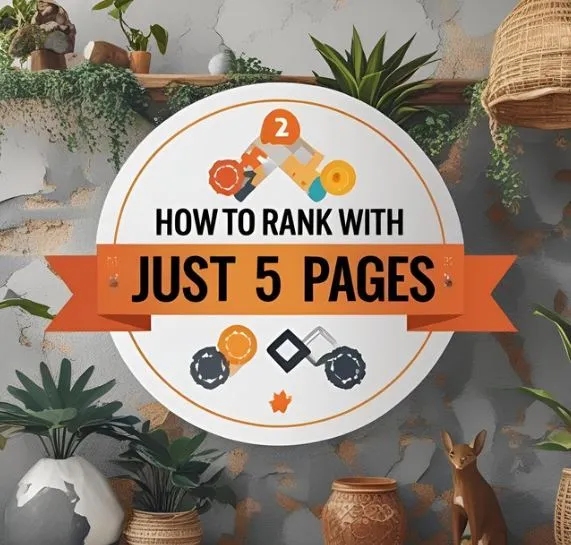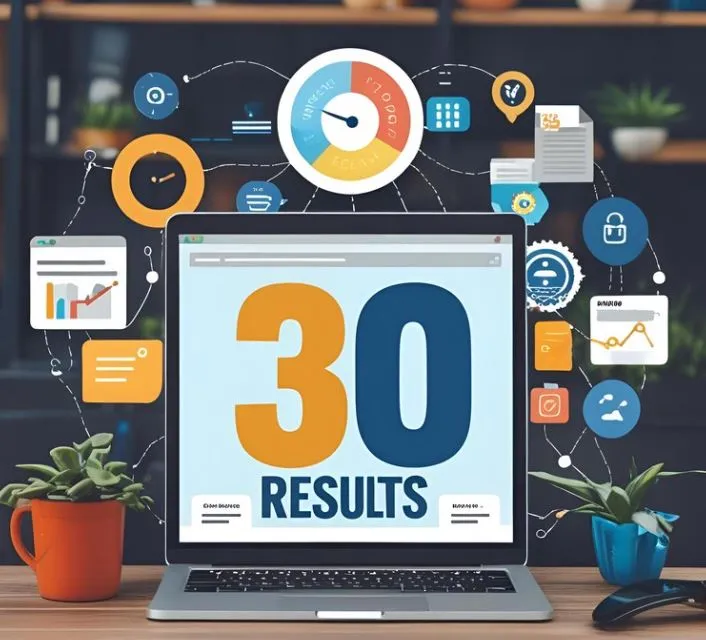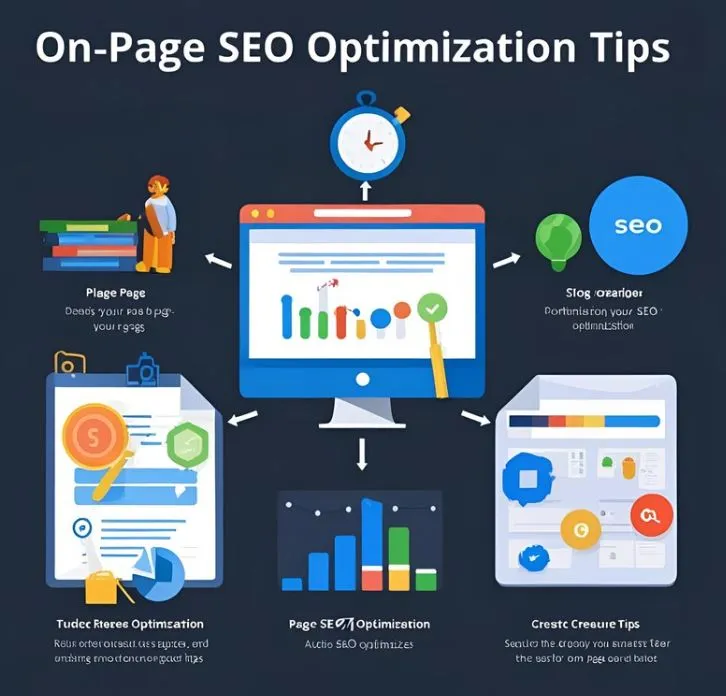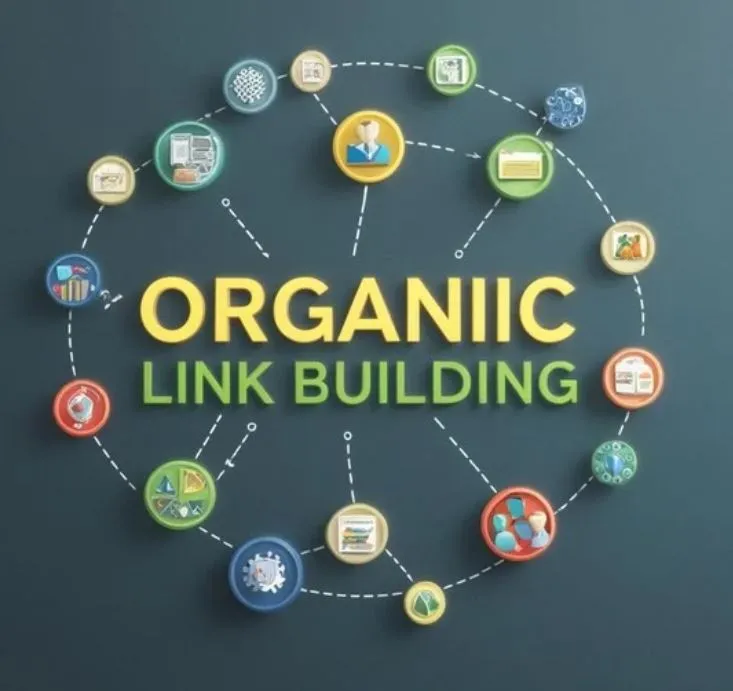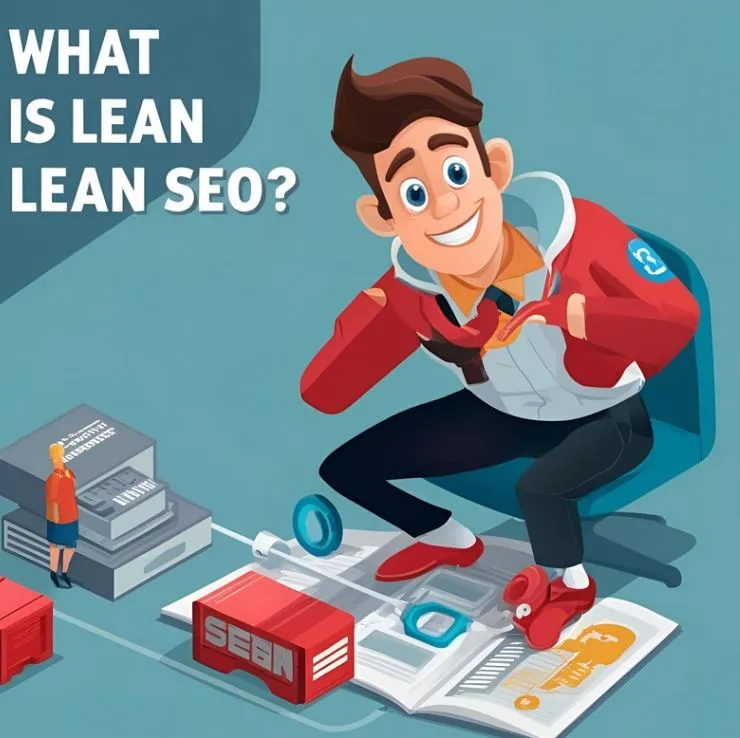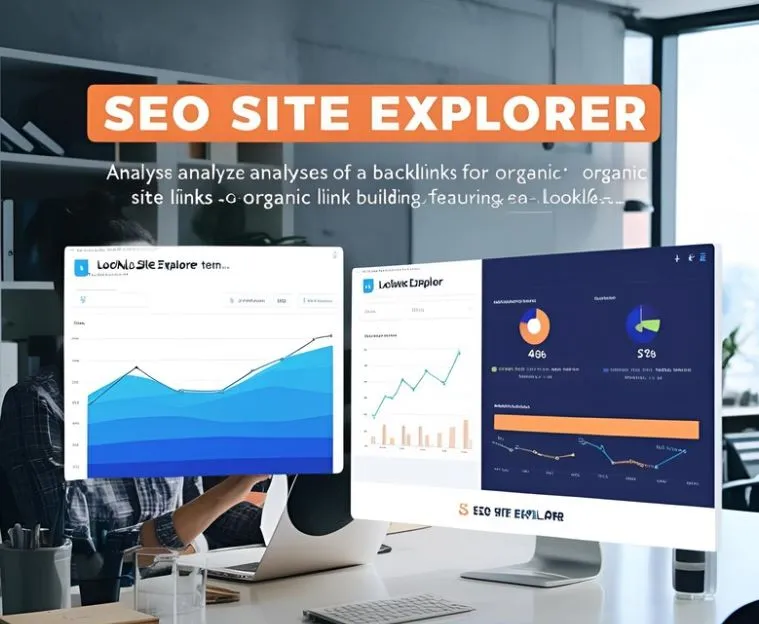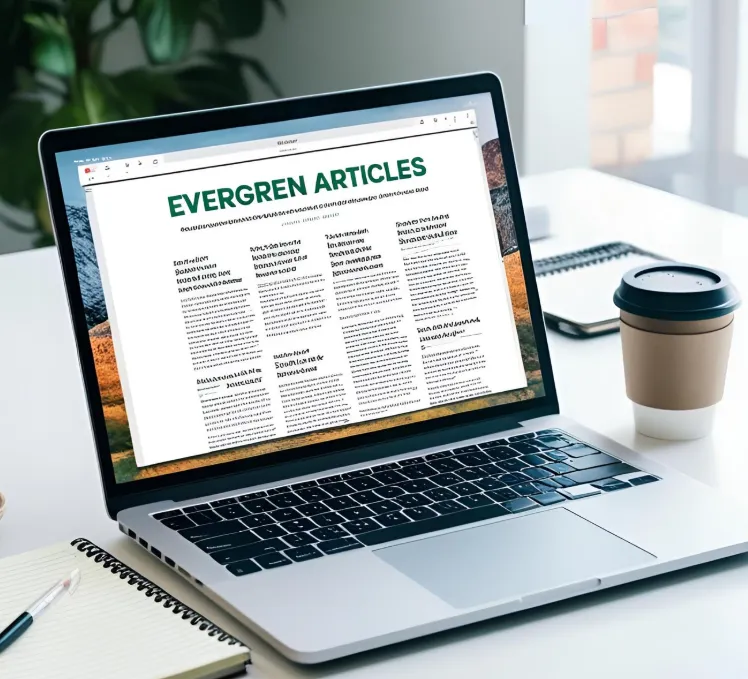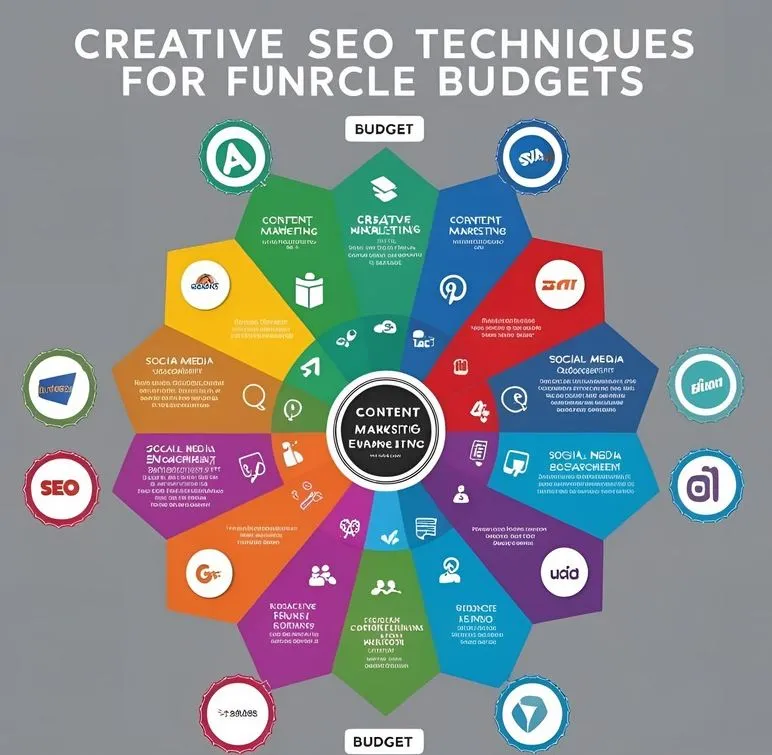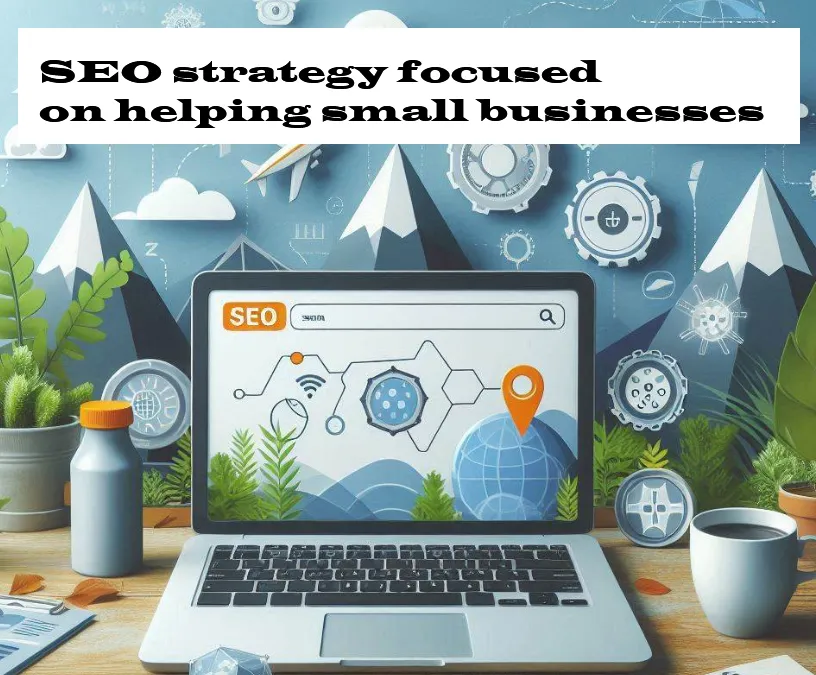
When you're building a startup, time and resources are limited.
You don’t have the luxury of massive SEO campaigns or expensive agencies. What you need is focus. You need results.
You need SEO Lean.
The concept is simple: instead of trying to rank for 100+ keywords, you identify and target the 10 that will actually move the needle—the ones that drive early traffic, attract the right users, and lead to conversions.
That’s where Lookkle’s SEO Site Explorer comes in.
How to find the only 10 keywords that really matter
One of the biggest mistakes startups make is chasing broad, highly competitive keywords.
With the Lean SEO mindset, you focus on:
-
High commercial intent
-
Early traffic potential
This means going after specific, conversion-focused searches, not vague phrases like “digital marketing.”
Try instead:
- “SEO software for small eCommerce businesses”
- “affordable SEO tools for local startups”
1. Focus on Long-Tail Keywords with Commercial Intent
When you're just getting started, competing for broad, high-volume keywords like “SEO” or “digital marketing” is a losing game. These keywords are ultra-competitive, dominated by established brands with massive budgets, domain authority, and thousands of backlinks.
That’s why a Lean SEO strategy starts with something smarter: targeting long-tail keywords with commercial intent.
What Are Long-Tail Keywords?
Long-tail keywords are more specific, often 3+ words, and reflect a user’s clear need or intent.
Examples:
-
Broad: “SEO”
-
Long-tail: “best SEO tool for real estate websites”
-
Long-tail: “affordable local SEO software for small businesses”
These phrases aren’t just random searches — they signal that the user is closer to taking action, like purchasing, subscribing, or contacting you.
Why Are They So Effective for Startups?
-
Lower Competition
Fewer sites are competing for long-tail keywords, which makes it easier (and faster) to rank. -
More Qualified Traffic
The traffic you do get is more likely to convert — because it’s more aligned with your offer. -
Higher Conversion Rates
People searching for very specific things are usually ready to make decisions. -
More Focused Content
Long-tail keywords help you write content that’s laser-focused and actually useful to your target audience.
How to Find Long-Tail Keywords
Here’s how SEO Site Explorer makes this process easy:
Step 1: Study Your Competitors
Use the competitor analysis tool to see what specific keywords are driving traffic to similar sites in your industry.
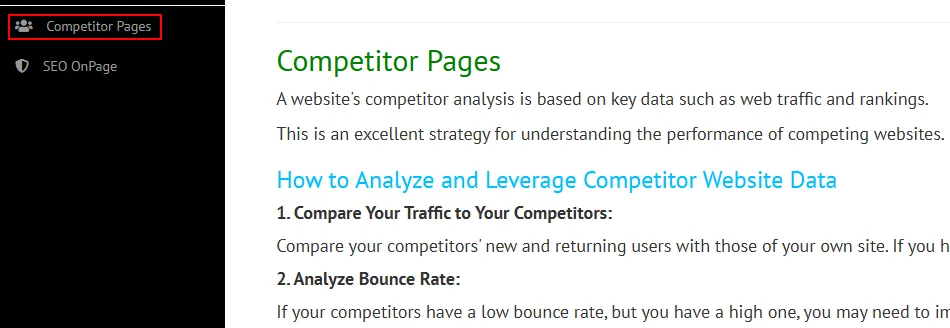
Step 2: Uncover Content Gaps
Lookkle shows you which keywords your competitors rank for that you don’t — perfect for spotting keyword opportunities.
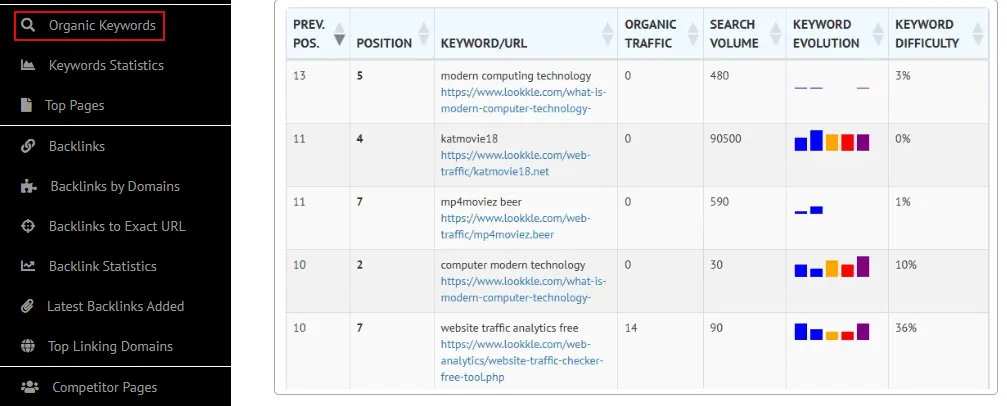
Step 3: Prioritize Keywords with Buying Intent
Not all traffic is equal. Lookkle helps you find keywords that indicate commercial intent — meaning the person is likely to buy or take action.
Keywords with Buying Intent are searches that indicate the user is ready to take a commercial action: buy, sign up, register, or request information.
Search for terms with commercial intent keywords.
These words indicate the user has an immediate need:
- buy
- hire
- tool
- software
- platform
- service
- price
- comparison
- best
- offer
- review
- guide for [business type]
- for [specific profile]
Use filters in SEO tools. With tools like Lookkle’s SEO Site Explorer you can apply filters such as:
- Keyword Difficulty (low)
- Volume (medium)
- Include words like "buy," "best," "tool"
- High CPC (indicates commercial value)
A high CPC in Google Ads usually means that the keyword converts well.
Real Example
Let’s say you offer an SEO tool for small eCommerce sites. Instead of targeting “SEO tools,” which is extremely competitive, Lookkle reveals more strategic long-tail options like:
-
“best SEO tools for Shopify stores”
-
“SEO checker for eCommerce websites”
-
“optimize product pages for SEO”
These phrases are less competitive, highly relevant, and much more likely to bring in users ready to try your product.
2. Target Early Traffic Opportunities
Before creating content, study the market:
- What are your ideal users searching for?
- What content is already working in your niche?
When you’re launching a new site, blog, or tool, your time and resources are limited. That’s why you can’t afford to guess when it comes to SEO. You need quick wins — and that means identifying early traffic opportunities that are easier to rank for and bring in qualified visitors.
Let’s break down how to do it:
Start with Intent: What Are People Actually Searching For?
Don’t assume. Research.
Ask yourself:
-
What pain points does my ideal customer have?
-
What questions are they asking Google?
-
What tools, comparisons, or solutions are they actively seeking?
Use SEO Site Explorer, Organic Keywords section to analyze:
-
Search volume: Is there enough traffic potential?
-
Keyword intent: Is the search focused on learning, buying, or doing?
-
Content gaps: What are people not finding — that you could provide?
Look at What’s Already Working
Before writing a single line of content, study your competitors:
-
What blog posts, tools, landing pages, or videos are ranking for your main topics?
-
What keywords are those pages targeting?
-
How is their content structured?
-
What backlinks or authority do they have?
With tools like Lookkle, you can:
-
Reverse-engineer top-performing pages.
-
Identify content that’s generating organic traffic right now (Organic Keywords section).
-
Spot keywords with low competition that others are missing.
Tip: Look for keywords or questions that are underserved — where the existing top results are weak, outdated, or overly general. That’s your chance to shine.
Focus on Low-Hanging Fruit
When you're early, don’t go after the highest-volume terms. Instead:
-
Target long-tail keywords with clear intent.
-
Find niche subtopics where big players aren’t dominating.
-
Prioritize easy-to-rank, low-competition opportunities with SEO tools.
For example, instead of trying to rank for something broad like:
“digital marketing services” (too competitive, high CPC, dominated by big agencies and directories),
Go for long-tail, localized, high-intent keywords like:
-
“affordable digital marketing for small businesses in Austin”
-
“Google Ads agency for dentists in Chicago”
-
“SEO services for local photographers in Miami”
-
“top-rated web design for real estate agents in Dallas”
-
“social media management for local restaurants in Atlanta”
These keywords:
✅ Have a clear commercial intent
✅ Are location-specific, which reduces national competition
✅ Align with what local businesses actually search for
✅ Often have lower competition but higher conversion rates
This is how a local business can outsmart big competitors with a focused SEO strategy.
3. Build Content with Purpose
Once you've uncovered early traffic opportunities and keywords with real intent, it’s time to build content that actually delivers. Not just blog posts for the sake of SEO, but content that solves problems, guides decisions, and drives action.
Start with User Intent
Every keyword tells a story. If someone searches for:
“best plants for shaded yards in San Diego”
They’re not looking for a botany lesson — they’re looking for specific plant ideas that will thrive in their backyard. That’s user intent. Your job is to give them the exact value they’re hoping to find.
So your content should:
-
Recommend 5–10 low-light plants suitable for the region.
-
Include photos and pros/cons of each plant.
-
Suggest layout tips from your own projects.
This builds trust and relevance right away.
Structure It for Humans and Search Engines
Clear structure helps your content get read, shared, and ranked. Use:
-
A clear H1 title that reflects the query:
“Top 10 Shade-Loving Plants for San Diego Yards” -
Organized H2s and H3s, like:
-
Best Low-Light Perennials
-
Maintenance Tips for Shaded Areas
-
Before-and-After Landscaping Projects
-
-
Add bullet points, photos, and local context.
-
Keep paragraphs short and helpful.
Tip: Add a section with questions clients often ask (great for SEO and UX).
Guide the Reader with Purposeful CTAs
End your content with next steps that feel natural based on what the reader came for.
Smart CTA Examples:
-
“Want help designing a low-maintenance shaded garden? Contact our team for a free consultation.”
-
“Download our free checklist: 7 Landscaping Mistakes to Avoid in Coastal California.”
-
“See our full landscaping portfolio in San Diego neighborhoods.”
Instead of pushing a sale, you’re offering a solution and inviting connection.
Content That Brings in Clients — Not Just Clicks
When you write content with real purpose:
-
You attract visitors who are ready to hire
-
You show up in Google for specific, profitable searches
-
You build authority in your local market
-
You get long-term ROI from a single article
It’s not about having a blog. It’s about building digital assets that convert.
Use SEO Site Explorer to Plan Strategically
With Lookkle’s SEO Site Explorer, a small landscaping business can:
✅ See what their local competitors are ranking for
✅ Find easy keyword opportunities in their region
✅ Get content topic ideas based on real search data
✅ Monitor which articles actually generate traffic
The Outcome: A Focused, Realistic SEO Plan
One of the biggest mistakes small businesses make with SEO is trying to do too much, too soon. Publishing dozens of blog posts. Targeting dozens of vague keywords. Spending hours creating content — and seeing little to no return.
That’s not strategy. That’s guessing.
No More Guessing, No More Content Overload
You don’t need to write 50 articles and hope one goes viral.
You need to identify the right 10 keywords that match:
-
What your ideal users are actually searching for
-
What you can realistically rank for
-
What drives leads or conversions for your business
SEO Site Explorer helps you do just that — by showing you:
✅ Keyword gaps in your niche
✅ Long-tail keywords with buyer intent
✅ What your competitors rank for (and where they’re vulnerable)
This gives you clarity, not just data.
From Keywords to Strategy — With Purpose
Once you know your top 10 keywords, you can build a lean, focused content plan:
-
10 blog posts or landing pages — each targeting one high-value keyword
-
Clear structure and calls to action tied to user intent
-
Optimized headlines, meta descriptions, and internal links
-
Backed by real search volume and competitive analysis
You’re not producing content “just in case.” You’re producing content with a clear why.
Results You Can Actually See
When you work with a focused SEO plan, outcomes become measurable:
-
Your pages begin to rank for specific queries
-
You start to get clicks from organic search
-
Visitors convert because your content aligns with their intent
-
You save time and budget while getting consistent results
Instead of chasing algorithms, you’re building authority, trust, and visibility — step by step.
Why It Works for Small Teams and Startups
A focused SEO plan is perfect for:
-
Solo founders who don’t have time to write endlessly
-
Small agencies that need to deliver results to clients fast
-
Startups who need early traction without burning through cash
-
Local businesses that want to be found by nearby customers
You don’t need volume. You need value and relevance — and that’s what SEO Site Explorer helps you uncover.
Try It: Turn Insight Into Action
Start by discovering your top 10 keywords. Then:
-
Create one content piece per keyword
-
Monitor performance over 30–60 days
-
Adjust, double down, and scale what works
⇒ Use SEO Site Explorer now — and finally build an SEO plan that’s realistic, intentional, and designed to grow with you.
Tips on SEO and Online Business
Next Articles
Previous Articles
